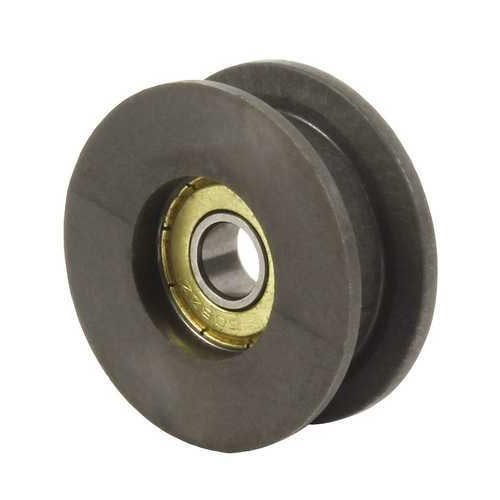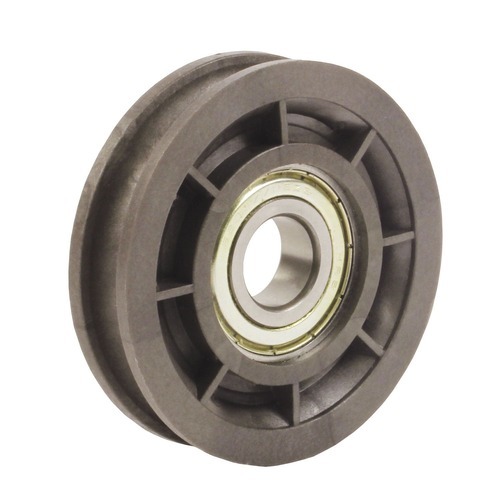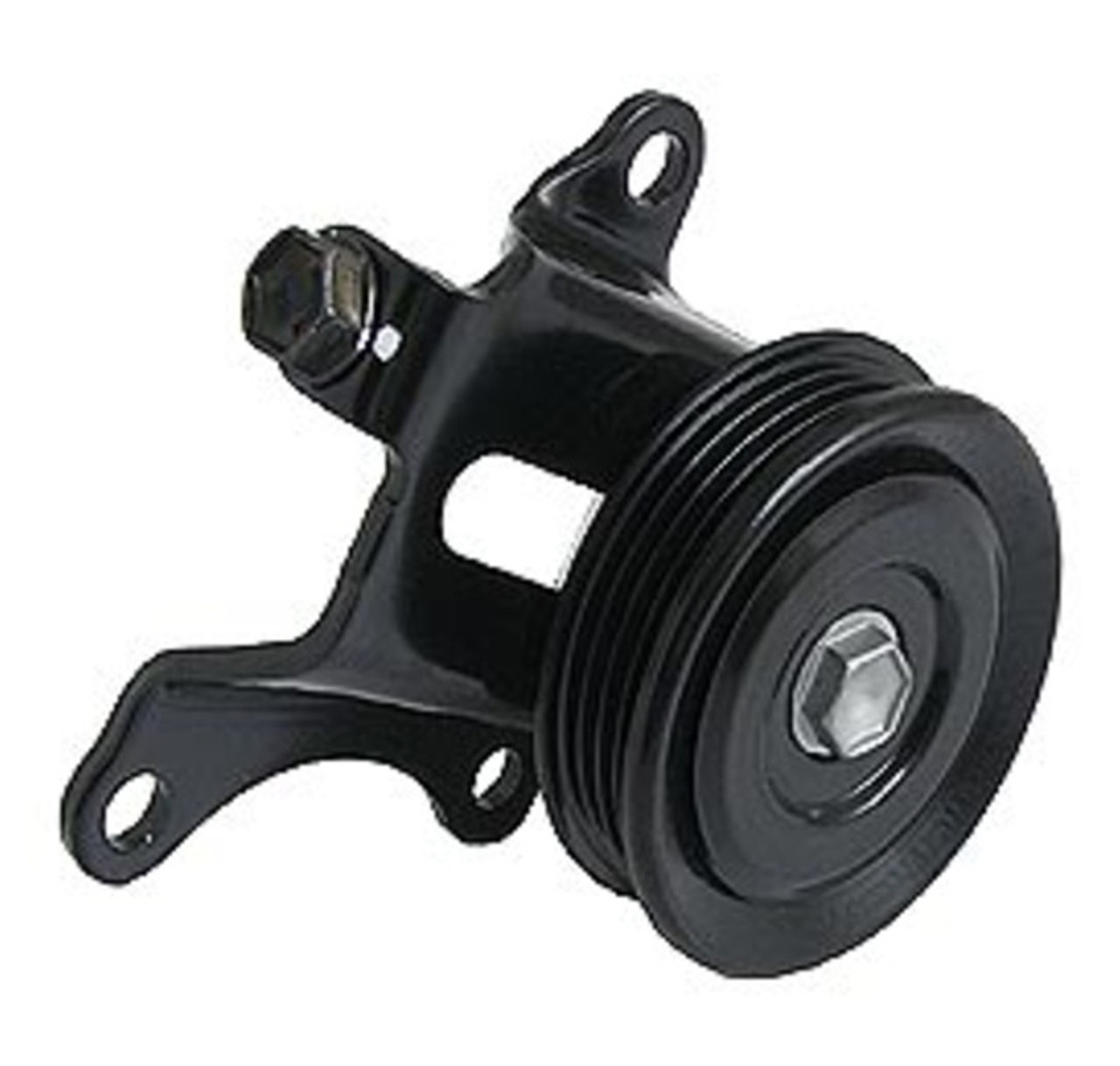Product Description
Belt Conveyor Ceramic/Herringbone/Diamond/ Polyurethane Rubber Grooved Lagging Drive Drum Pulley 720
| Type | Belt width(mm) | Standard Diameter(mm) | Length(mm) |
| Drive pulley | 500 | 500 | Length of the pulley depends on the belt width of the conveyor |
| 650 | 500~630 | ||
| 800 | 630~1000 | ||
| 1000 | 800~1150 | ||
| 1200 | 800~1150 | ||
| 1400 | 1000~1350 | ||
| 1600 | 1150~1600 | ||
| 1800 | 1150~1800 | ||
| 2000 | 1350~2000 | ||
| 2200 | 1600~2200 | ||
| 2400 | 1800~2400 | ||
| Bend pulley | 500 | 250~500 | |
| 650 | 250~630 | ||
| 800 | 250~1000 | ||
| 1000 | 250~1600 | ||
| 1200 | 250~1600 | ||
| 1400 | 315~1600 | ||
| 1600 | 400~1600 | ||
| 1800 | 400~1600 | ||
| 2000 | 500~1600 | ||
| 2200 | 630~1600 | ||
| 2400 | 800~1600 |
1.)Pipe: seamless steel : it was precisely cut by using the flame cutting machine.
2.)The sleeve & disc :it was cut by using the laser cutter machine precisely.
3.)Shaft: We chose 45# round steel & sleeve and process the whole shaft so that it ensures shaft concentricity and reduction for the eccentric shaft force. It make sure the pulley move more stable
4.)Bearing set & bearing: high-quality bearing which is hot charging and bearing block are equipped inner bearing enlargement device, so the bearing can be easily pushed to the bearing position and it avoids the bearing damage from the beating.
Testing for the pulley
We have the professional testing machine for the pulley. We need make the eliminating inner stress treatments when the pulley's withstand forces exceed 80KN and we will make the static balance inspection when the belt speed exceeds 2.5m/s.
And we laso make the Drum dynamic balance test for the pulley to confirm the good quality before sent to the customer.
Packing:
After all the goods tested then make the packing, then the goods put into the warehouse to wait to send to the customer
Our projects:
Exhitbition and the customer visiting~
We also attend many kinds of related exhibitations to know more our products for the customer. Such as Canton fair, buma fair andother minging fairs.
Our company and products get the customer approve and many customer vist us and make the orders for us.
Company certificate &honor
We have the ISO 9001 certification The products have gained various patents. For example: Trademarks, patents,ects.
After sale service
We provide the customer best after sale services, and we solve the problems any time.
The company introduction:
HangZhou CHINAMFG conveying Machinery Co.,Ltd was founded in 2005.
It's registered capital is 11.68million CNY and It is private joint-stock enterprise. Our main products are cnoveyor roller,idler,frame, pulley,belt and belt conveyor system for TD75 ,DTII,DTIIA,CEMA ects.
we has large lathes, numerical control, double pressing machine, double welding machine, double boring lathe, milling machine, sawing machine and so on. The products have gained various patents. We can produce more than 1 thousand rollers and 10 pulleys per day.
We have the professionalQC dept. to keep the good quality before the goods sent out. The products are sold to Middle East,Africa ,Australia,Europe,Southeast Asia,Russia and some other countries and regions. We will Strengthen the inner management and improve our products' quality constantly.We will offer the best products for customers from the beginning to the end.
FAQ
1.Q: Your bearing type and brand usually use?
A:Large ball bearing type deep ball bearing withSRB, and according to customer's requirements.
2.Q: How is your Payment Term?
A: T/T or L/C. Another payment term we can also discuss.
3.Q: Can you customize it?
A: We support customization according to your request.
4.Q: What's the MOQ?
A: 3 piece.
5.Q: What's the production capacity of your conveyor pulley?
20 pcs/day.
6.Q: What's your roller's lifetime?
Our pulley have a long lifetime with good performance and usually
make sure 30000 to 50000 hours under the normal site and operation.
/* January 22, 2571 19:08:37 */!function(){function s(e,r){var a,o={};try{e&&e.split(",").forEach(function(e,t){e&&(a=e.match(/(.*?):(.*)$/))&&1
| Material: | Carbon Steel |
|---|---|
| Surface Treatment: | Electroplating |
| Motor Type: | Frequency Control Motor |
| Installation: | Horizontal |
| Bearing: | Self-Aligning Ball Bearings |
| Pulley Lagging Type: | Heat/Thermal Vulcanized Rubber Casting, Rubber Lag |
| Customization: |
Available
| Customized Request |
|---|

How are belt pulleys employed in agricultural machinery and equipment?
Belt pulleys play a crucial role in agricultural machinery and equipment, contributing to various functions and operations in the agricultural industry. They are used in a wide range of applications, from power transmission and driving different agricultural implements to controlling the speed and functionality of various systems. Here's a detailed explanation of how belt pulleys are employed in agricultural machinery and equipment:
1. Power Transmission: Belt pulleys are extensively used for power transmission in agricultural machinery. They serve as the driving force to transfer power from the tractor's power take-off (PTO) to different agricultural implements. The PTO pulley, connected to the tractor's PTO shaft, drives the belt, which, in turn, drives the pulleys on the implements, such as mowers, balers, harvesters, and seeders. This power transmission enables the implements to perform their specific functions effectively.
2. Crop Harvesting and Processing: Belt pulleys are employed in various agricultural machinery involved in crop harvesting and processing. For example, in combine harvesters, belt pulleys are used to drive the cutting mechanism, threshing drum, and grain conveyors. The rotation of the pulleys enables the harvesting and separation of crops from the fields. In processing equipment like grain elevators and conveyors, belt pulleys facilitate the movement of harvested crops for storage or further processing.
3. Irrigation Systems: Belt pulleys are utilized in irrigation systems in agriculture. In irrigation pumps, belt pulleys connect the pump's drive shaft to the power source, such as an electric motor or a tractor's PTO. The rotation of the pulleys drives the pump, which boosts water pressure and facilitates irrigation by distributing water to crops through sprinklers, drip lines, or other irrigation methods.
4. Feed and Forage Processing: Belt pulleys are employed in machinery used for feed and forage processing in the agricultural industry. For instance, in feed mixers, belt pulleys drive the mixing auger or paddle mechanism, ensuring thorough blending of different feed ingredients. In forage choppers or silage harvesters, belt pulleys drive the cutting mechanism and the feed rollers, enabling the efficient harvesting and chopping of forage crops.
5. Livestock Equipment: Belt pulleys are used in various livestock equipment and machinery. In milking machines, belt pulleys drive the vacuum pump, creating suction for milking cows. Conveyor systems for livestock feed or manure management also employ belt pulleys to transport feed or handle manure efficiently. Additionally, in barn ventilation systems, belt pulleys drive the fans, facilitating air circulation and maintaining optimal environmental conditions for livestock.
6. Speed Control and Functionality: Belt pulleys are utilized to control the speed and functionality of different agricultural machinery. By using pulleys of varying sizes or adjusting the pulley arrangement, the speed of the driven implements or systems can be modified to suit specific agricultural operations. This allows for customization and adaptability in tasks such as soil cultivation, planting, spraying, and material handling.
7. Custom Applications: Belt pulleys are also employed in custom applications in agriculture, depending on specific requirements. Farmers and equipment manufacturers may design and incorporate belt pulleys in unique ways to drive specialized equipment, such as conveyor systems, grain cleaners, hay baling systems, or other agricultural machinery tailored to their specific needs.
In summary, belt pulleys have diverse applications in agricultural machinery and equipment. From power transmission and driving agricultural implements to controlling speed, facilitating crop harvesting and processing, supporting irrigation systems, and enabling functionality in various equipment, belt pulleys play a vital role in optimizing agricultural operations and enhancing productivity in the agricultural industry.

How do belt pulleys contribute to the operation of conveyor systems for material handling?
Belt pulleys play a crucial role in the operation of conveyor systems for material handling. Conveyor systems are widely used in industries such as manufacturing, mining, logistics, and agriculture to transport bulk materials or goods from one location to another. The belt pulleys in these systems contribute significantly to their functionality, efficiency, and reliability. Here's a detailed explanation of how belt pulleys contribute to the operation of conveyor systems for material handling:
1. Power Transmission: Belt pulleys serve as the driving force for conveyor systems, transmitting power from an electric motor or engine to move the conveyor belt. The pulley is typically connected to the motor or engine shaft, and as it rotates, it drives the belt, which in turn transports the materials along the conveyor. The size and design of the pulley, along with the tension in the belt, determine the power transmission efficiency and the capacity of the conveyor system to handle different load weights and volumes.
2. Belt Tension and Tracking: Belt pulleys help maintain proper tension and tracking of the conveyor belt. Tensioning pulleys are used to adjust and maintain the tension in the belt, ensuring it remains taut and properly engaged with the pulleys. Tracking pulleys, also known as snub or bend pulleys, are strategically positioned to guide the belt and keep it centered on the pulley system. Proper tension and tracking prevent belt slippage, misalignment, and material spillage, ensuring smooth and reliable operation of the conveyor system.
3. Speed Control: Belt pulleys enable speed control in conveyor systems. By using different-sized pulleys or adjusting the pulley arrangement, the speed of the conveyor belt can be modified to suit specific material handling requirements. Speed control is essential for optimizing production processes, accommodating different material characteristics, and ensuring efficient material flow along the conveyor system.
4. Directional Changes: Belt pulleys facilitate directional changes in conveyor systems. By incorporating various pulley configurations, such as drive pulleys, idler pulleys, and bend pulleys, the conveyor belt can be guided around curves or redirected to different paths. This allows for flexible routing and layout of the conveyor system to adapt to space constraints or specific material flow patterns in material handling operations.
5. Load Distribution: Belt pulleys contribute to the even distribution of the load on the conveyor belt. As the belt wraps around the pulleys, the contact area between the belt and pulley surface spreads the load across a larger surface area. This load distribution minimizes stress concentration, reduces belt wear, and extends the operational life of the conveyor system.
6. Maintenance and Safety: Belt pulleys play a role in the maintenance and safety of conveyor systems. Accessible pulleys allow for easy inspection, cleaning, and maintenance of the conveyor belt. Pulley guards and covers provide protection against accidental contact with moving parts, enhancing the safety of personnel working around the conveyor system.
7. Customization and Adaptability: Belt pulleys can be customized and designed to meet specific material handling requirements. They can be manufactured in various sizes, materials, and configurations to accommodate different belt widths, load capacities, and environmental conditions. This customization ensures that the belt pulleys are optimized for the specific needs of the material handling application.
In summary, belt pulleys are integral components of conveyor systems for material handling. They contribute to power transmission, belt tensioning, speed control, directional changes, load distribution, and overall system maintenance and safety. By utilizing appropriately sized and designed belt pulleys, conveyor systems can efficiently and reliably transport bulk materials or goods, enhancing productivity and streamlining material handling operations in various industries.

What is a belt pulley, and how is it used in mechanical systems?
A belt pulley is a mechanical device used in various systems to transmit power and motion between rotating shafts. It consists of a wheel with a grooved rim, known as the pulley, that is connected to a shaft. The pulley is typically made of materials such as cast iron, steel, or aluminum. It is used in conjunction with a belt or a rope to transfer rotational motion from one shaft to another. Here's a detailed explanation:
A belt pulley is essential in mechanical systems for the following purposes:
- Power Transmission: The primary function of a belt pulley is to transmit power between rotating shafts. It connects the driving shaft (input) to the driven shaft (output) through a belt or a rope. When the driving shaft rotates, the belt or rope engages with the grooves on the pulley, causing the pulley and the driven shaft to rotate. This allows power to be transferred from the driving shaft to the driven shaft, enabling the operation of various mechanical components or systems.
- Speed Control: Belt pulleys are used to control the rotational speed of driven shafts. By varying the size or ratio of the pulleys connected by the belt, the rotational speed can be adjusted. Using different-sized pulleys, it is possible to increase or decrease the speed of the driven shaft compared to the driving shaft. This speed control capability is beneficial in applications where different rotational speeds are required for specific operations or to match the requirements of different components in a system.
- Directional Change: Belt pulleys also enable the change of direction in mechanical systems. By arranging multiple pulleys with belts or ropes in a system, the rotational motion can be redirected. For example, a system with two pulleys connected by a belt can change the direction of the driven shaft compared to the driving shaft. This directional change allows for the transmission of power and motion in desired orientations, enabling the operation of mechanical components or systems in different directions.
- Tension Control: Belt pulleys play a role in maintaining proper tension in belt-driven systems. The tension in the belt is important to ensure a secure and reliable connection between the pulleys. Pulleys with adjustable features, such as tensioning systems or idler pulleys, help maintain the optimal tension in the belt. Proper tension control prevents belt slippage, ensures efficient power transmission, and reduces wear on the belt and pulley surfaces.
- Noise and Vibration Reduction: Belt pulleys contribute to noise and vibration reduction in mechanical systems. The design of the pulley, including the groove profile and surface finish, can help minimize noise and vibration generated during operation. Additionally, proper alignment and tensioning of the belt ensure smoother engagement with the pulley, reducing noise and vibration levels. This is particularly important in applications that require quiet operation or where excessive vibrations can affect system performance or operator comfort.
- Compatibility and Interchangeability: Belt pulleys offer compatibility and interchangeability benefits in mechanical systems. They provide a flexible and modular approach to power transmission, allowing different pulleys to be easily interchanged or replaced based on specific requirements. This versatility enables system designers and operators to adapt and modify mechanical systems more efficiently, making it easier to accommodate changes in load, speed, or other operational parameters.
In summary, a belt pulley is a mechanical device used for power transmission and motion control in various mechanical systems. It connects rotating shafts through belts or ropes, allowing power to be transmitted from one shaft to another. Belt pulleys provide speed control, directional change, tension control, noise and vibration reduction, as well as compatibility and interchangeability benefits. By utilizing belt pulleys, mechanical systems can efficiently transfer power, control speeds, and enable the operation of different components or systems in desired directions.


editor by CX
2024-05-03











